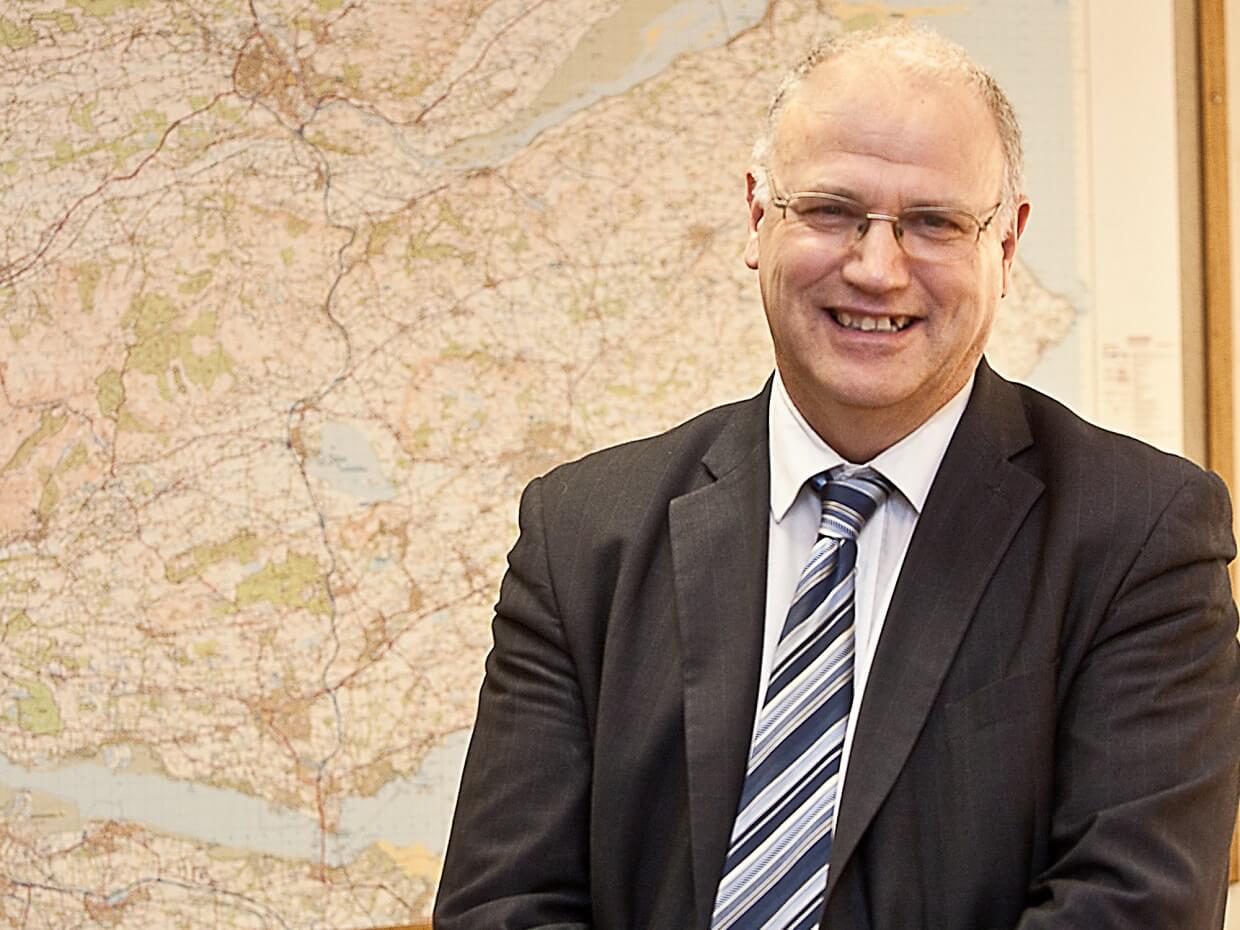Published Date: Jun 1st, 2023

A new Economic Strategy that sets out Fife’s approach to growing a stronger, greener and fairer economy was approved by councillors at today’s (1 June 2023) Cabinet Committee meeting.
Fife’s Economic Strategy 2023-30 is set to tackle long-standing economic challenges and improve wealth distribution so that more wealth is generated, circulated and retained in Fife’s communities for the benefit of all.
The impact of the global Covid-19 pandemic and the UK’s exit from the European Union continue to create economic uncertainties. Global issues around rising energy and food costs and worker shortages have seen the UK, and other countries, facing rapid increases in the rate of inflation and interest rates, resulting in a cost-of-living and cost-of-doing-business crisis.
To address these challenges locally, the refreshed Fife Economic Strategy sets out three key priorities bolstered by a Community Wealth Building approach:
- Supporting Businesses
- Investing in Business Premises and Infrastructure
- Delivering Skills, Training and Fair Employment.
Councillor David Ross, Fife Council’s Leader, said: “This ambitious economic strategy for 2030 means we’ll be working in new ways to help generate, circulate and keep more wealth in our local communities.
"The Council will work closely with private, third sector and community organisations to help grow our local economy and fundamentally change how we do that so there are more direct benefits for local people.
"This will help us deliver on our key commitment to tackle poverty and open up more opportunities everyone living in Fife.”
As well as directly addressing the Plan4Fife priority of Leading Economic Recovery, the refreshed Fife Economic Strategy will support Addressing the Climate Emergency, Tackling Poverty and Preventing Crisis and the promotion of a cross-cutting approach to Community Wealth Building. Approved targets include:
- A recovery and increase in the number of businesses in Fife
- High levels of economic activity and employment in Fife
- Improvements in the economic performance in Mid-Fife
- The recovery and growth of Fife’s tourism & hospitality sector
- Vibrant, attractive and re-purposed key town centres
- A skilled workforce able to support business needs
- Fair and inclusive access to work
- Lower levels of carbon emissions in Fife, in line with national targets (75% of 1990 baseline by 2030).
Councillor Altany Craik, Fife Council's Finance, Economy and Strategic Planning spokesperson, added: "Since the publication of our previous Fife Economic Strategy, we have witnessed a series of events that have had a significant economic impact at global, national, regional and local level.
"And yet, despite this period of disruption and uncertainty, we have seen many achievements.
"Industry, the public and voluntary sectors, and local communities collaborated as never before to support the NHS in tackling the impact of the Covid-19 pandemic. Fife Council responded quickly to administer government financial support to businesses, who in turn worked hard to adapt and innovate. Service providers rose to the challenge of remote digital delivery to maintain education, business support and employability services. The early recovery of the construction sector helped us to push on with capital investment in our business premises, town centres, heritage assets and transportation infrastructure.
"So, in moving forward with this new strategy, we will continue to endeavour to improve the economic prosperity for all in Fife."
The Fife Economic Strategy can be read in the Cabinet Committee papers.

